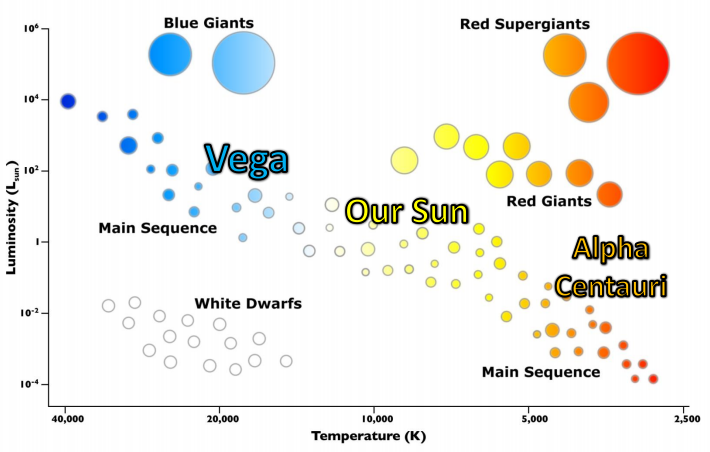Stars
- Swift E. Creek
- Apr 6, 2018
- 2 min read
STARS - massive balls of gas held together by gravity with a core so hot and dense that nuclear fusion occurs.
(note: nuclear fusion is the process where two separate atoms are "fused" together to form a heavier element under intense heat and pressure, releasing great amounts of radiant and thermal energy)
WHERE DOES THE SUN'S ENERGY COME FROM?
PROPERTIES OF STARS
SUNSPOTS - Sunspots are regions of high magnetic activity that appear as relatively dark spots on the surface of the Sun. First observed by Galileo, their apparent motion across the surface of the Sun indicates that the Sun is rotating (faster at its center than at its poles).
PROMINENCES and SOLAR FLARES - clouds of gas and bright eruptions from the surface of the Sun
CORONAL MASS EJECTIONS (CME's) - giant bubbles of gas ejected from the Sun’s corona
SOLAR WIND - constant stream of charged particles flowing away from the Sun, responsible for interacting with Earth's magnetic field to cause the Northern Lights.
STAR CLASSIFICATION
Stars are classified by their color, which depends on their temperature. Blue stars are the hottest, while red stars are the coolest. Our Sun is a yellow star, which is an average-temperature star.
H-R DIAGRAMS relate a star's temperature to its brightness and reveal a pattern that corresponds to the life cycle of stars.

The temperature is shown on the x-axis (hotter to the left) and brightness is shown on the y-axis.
A star's brightness can be described in one of two ways. Its APPARENT MAGNITUDE compares its brightness to other objects in space as seen from Earth. In this sense, our Sun is by far the brightest object in the sky due to its closeness. However, a star's ABSOLUTE MAGNITUDE refers to its actual brightness regardless of distance, in which case our Sun has a very average brightness.
LIFE CYCLE OF STARS
WHEN STARS "DIE"




Comments